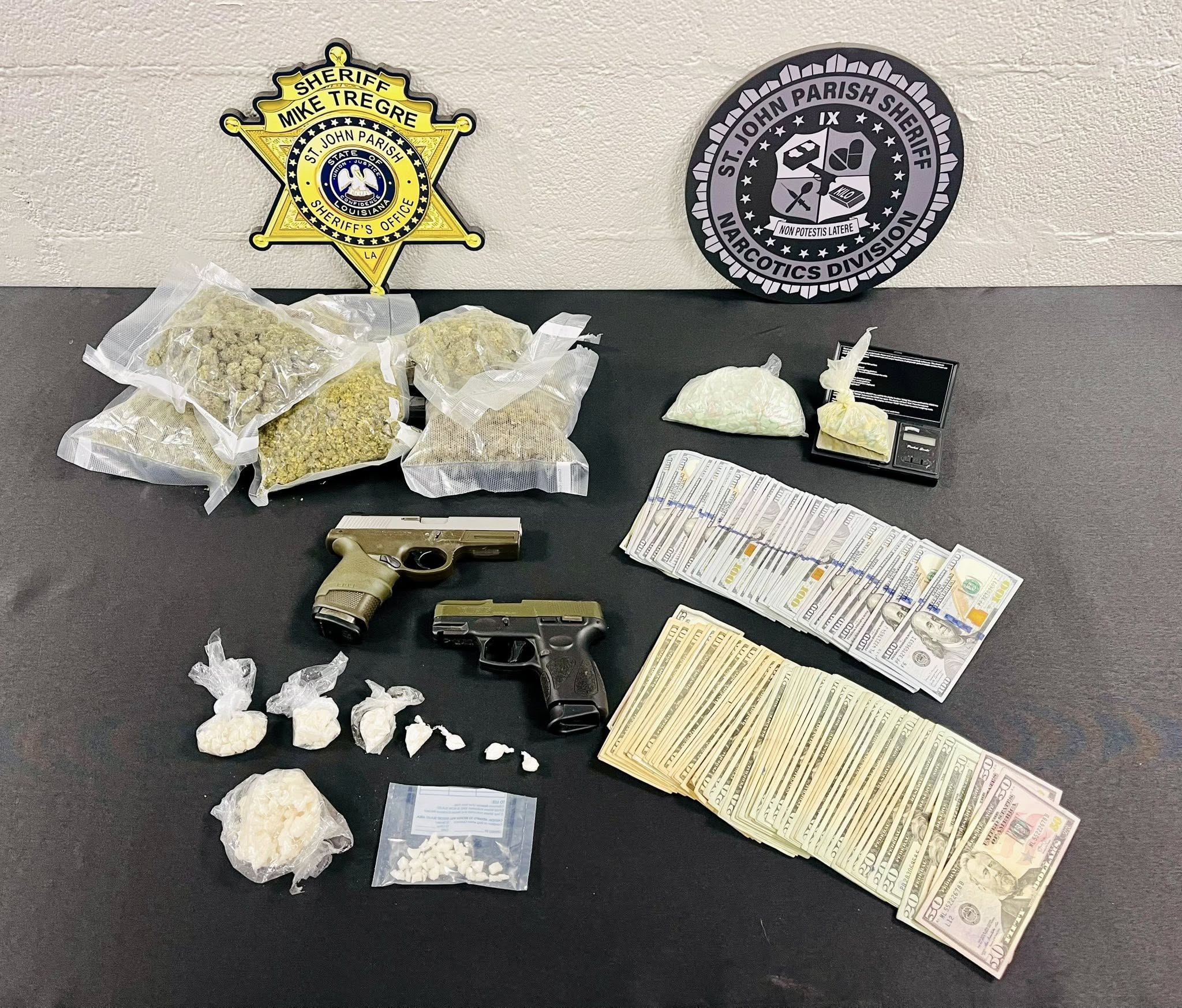New radiation therapy aimed at prostate cancer
Published 12:00 am Wednesday, October 13, 1999
MICHAEL KIRAL / L’Observateur / October 13, 1999
LAPLACE – Prostate cancer is one of the most commonly diagnosed forms of cancer in the United States.
Approximately 179,300 new cases of the disease are projected for this year. It is the most common non-cutaneous (skin) malignancy diagnosed inmen in the United States and represents the second most common cause of cancer death among American men.
For years, there were few options for those diagnosed with the cancer.
They could have surgery to remove the prostate and lymph nodes around the prostate. Or they could have hormonal therapy or external beamradiation. Now there is another option available to those in the area atRiver Parishes Hospital – prostate brachytherapy.
Prostate brachytherapy has been around about 10 years, but the Brachytherapy Center of Excellence at River Parishes Hospital is one of the first of its kind in the state. Dr. Brian Brogle and Dr. Clay Boyd bothhave years of experience in the procedure. Brogle said there is a fairlylarge number of cases in the area and there have been a number of requests for the treatment.
“We are very pleased to be able to offer this procedure to the community, and we have two very qualified surgeons to perform it,” Ann Kuss, administrator at River Parishes Hospital, said.
The procedure consists of the implanting of radioactive seeds through ultrasound and external X-ray-guided needles inserted through the skin and into the prostate. The procedure allows higher doses of radiation overa shorter period of time than normal external beam radiation and allows the patient to get treatment over a period of days.
Two types of radiation may be used – Isotope Iodine 125 and Palladium 103. The two differ in half-life and emission. Iodine 125 emits radiationslower and is used for low grades of cancer. Palladium 122 has a fasteremission of radiation and is used for more aggressive forms.
The entire procedure can be done at the hospital and usually takes between 45 to 90 minutes depending on the size of the prostate and the patient’s anatomy. Between 60 to 120 seeds will be implanted based on the size ofthe prostate.
Brogle said there are a number of factors that may determine what kind of treatment would be best for the patient, including the grade of the cancer, the patient’s age and the health of the patient. For younger, healthierpatients the removal of the prostate is usually recommended. But forpatients suffering from other health problems and for those with higher grades of cancer, the radiation procedure or hormonal therapy is recommended.
Unlike with surgery, which usually entails a six-week recovery period, there is no covalence time for the brachytherapty treatment. Theprocedure also does not sap a patient’s energy. In external beam radiation,patients needed to report to the hospital five days a week for six to eight weeks. With the brachytherapy procedure the patient can get the dose ofradiation in one day. Some patients will need to also have external beamradiation in addition to the seeds depending on the stage and aggressiveness of the cancer.
Brogle noted that the cure rate for brachytherapy has been approximately equal to that of surgery and external beam for the same stage of cancer over the past 10 years. Side effects from the brachytherapy procedure mayinclude some urgency and frequency to urinate and some burning while urinating. Some patients may also experience some swelling of theprostate. Both conditions are treated with medication.”We discuss all options with the patients,” Brogle said. “We try to dowhat the patient wants and what is best for them.”Brachytherapy is becoming more popular with patients. Over the last year,there has been a 45 percent increase in the number of brachytherapies performed while over the same period there has been a 15 percent decrease in the number of radical surgeries.
There are a number of factors that have been traced to the cause of prostate cancer, including genetics and diet. The rate is higher for AfricanAfricans and those individuals who have had a first or second degree relative who have had it. Recent studies have found that the gene thatcauses the disease is found in the general locale of the gene that causes breast cancer in women.
Screening with a yearly digital rectal exam and PSA blood test has been recommended in Caucasians and Asians with no family history to start at age 50; and at age 45 in African Americans and patients with a family history.
Men and their families interested in learning more about brachytherapy are encouraged to talk with their physician or contact Drs.Boyd or Brogleat River Parishes Hospital, 652-6700.
Return To News Stories





